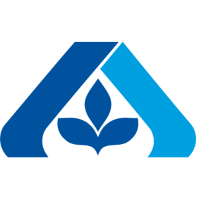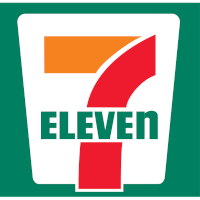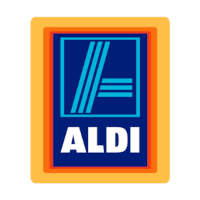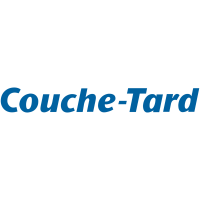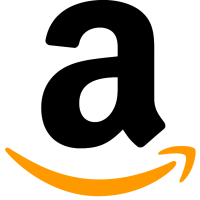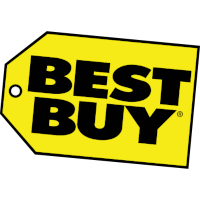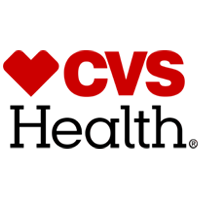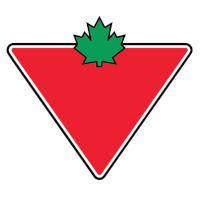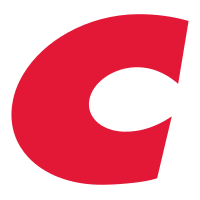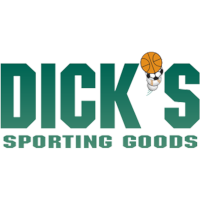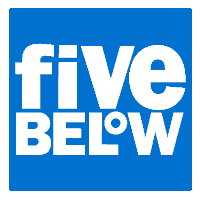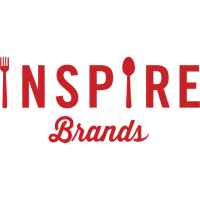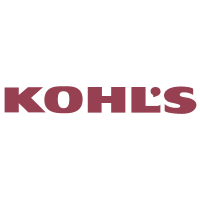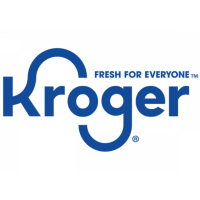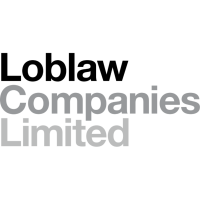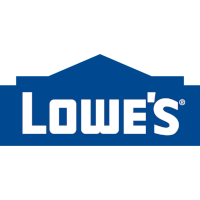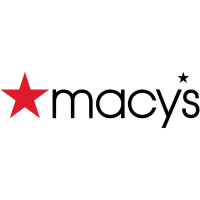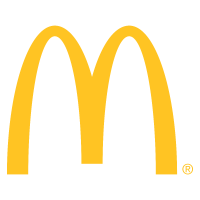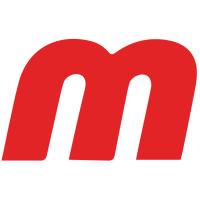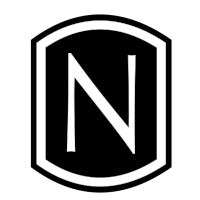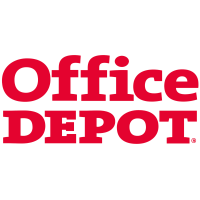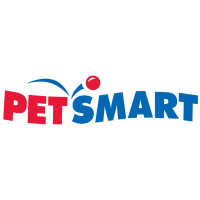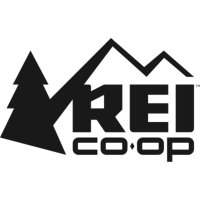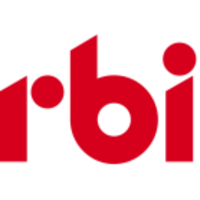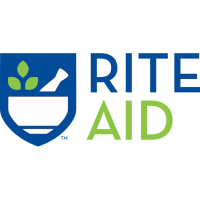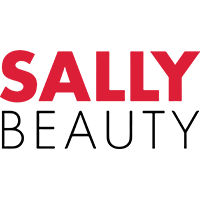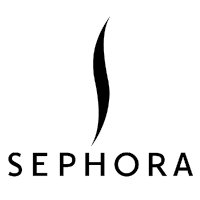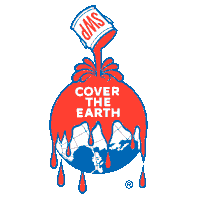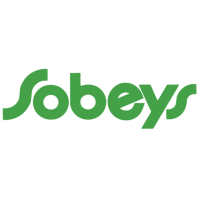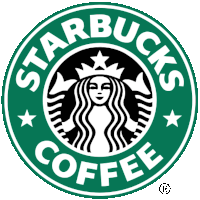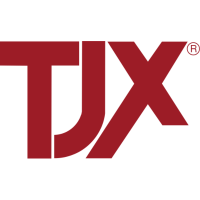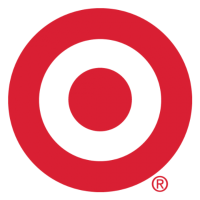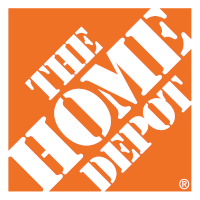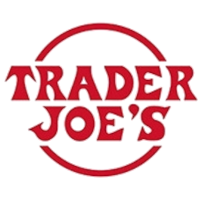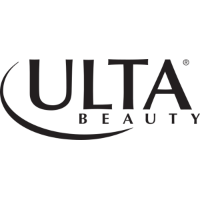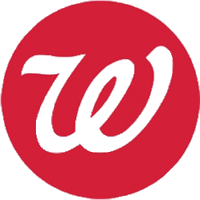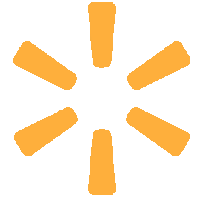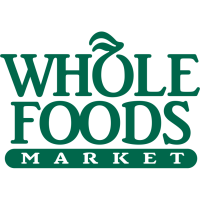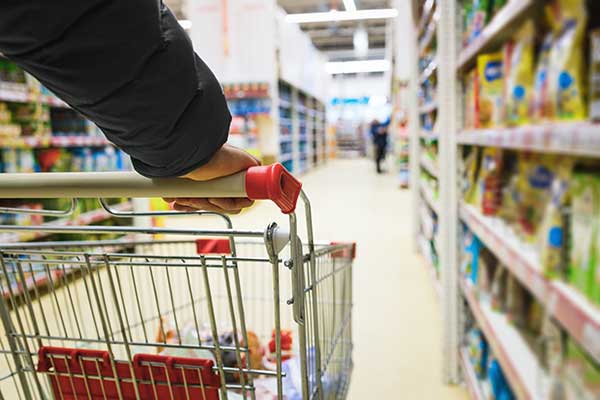Subsidiaries of Albertsons
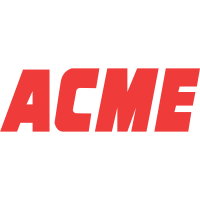
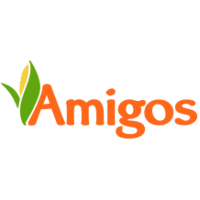
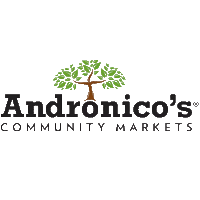

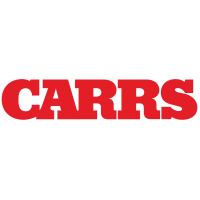
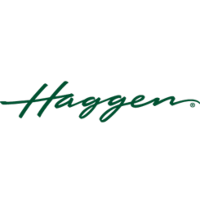
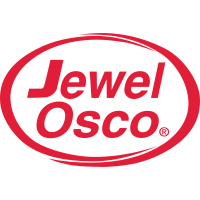
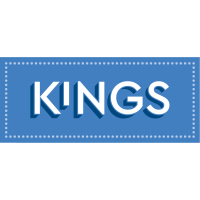

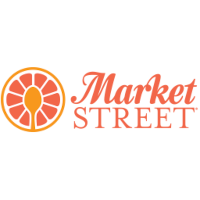

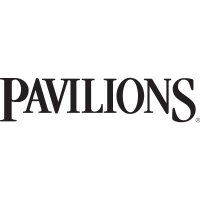
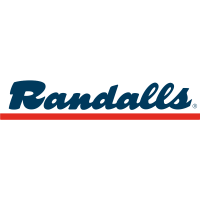

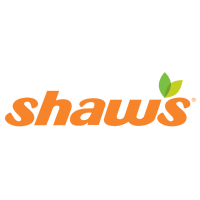
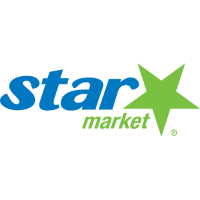
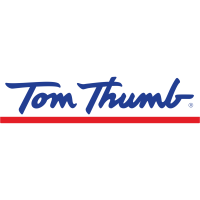
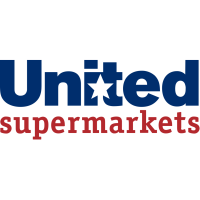
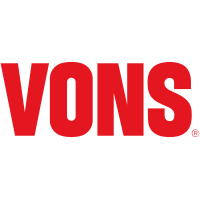
Key Findings and Recommendations
- Corporate Commitment: Albertsons has a public written safer chemicals policy to “limit certain ingredients of consumer concern.” The company should participate in the Chemical Footprint Project survey to improve its chemicals management and publicly support governmental policies to reduce chemicals and plastics of high concern.
- Transparency: Albertsons highlights for consumers cleaning products that meet EPA’s Safer Choice and Design for the Environment programs. Otherwise, there is no indication Albertsons requires suppliers to disclose chemical ingredients or plastics to the retailer or consumers, nor that it requires testing to ensure products are free of hazardous chemicals or plastics beyond regulatory compliance. Albertsons should require ingredient disclosure, verify accuracy, and evaluate its chemical footprint.
- Ban the Bad: Albertsons does not have a publicly available restricted substance list (RSL) or manufacturing restricted substance list (MRSL) beyond regulatory compliance. However, the company has removed BPA from private-label baby products and more than 300 canned goods, parabens from private-label baby products, and has committed to phase out PFAS in food packaging. Albertsons should report on its PFAS progress and join other retailers in setting public, time-bound goals for reducing and eliminating chemicals and plastics of high concern.
- Safer Solutions: Albertsons promotes private-label cleaning products that are certified by EPA’s Safer Choice program but has taken no other action to support safer solutions. Albertsons should join other retailers by committing to invest financial resources in tools and research to help its suppliers evaluate safer alternatives to chemicals and plastics of high concern.
2024 Detailed Analysis of Albertsons
Corporate Chemicals Policy
Adopted a safer chemicals policy
Oversight
Established management oversight
Chemical Footprint Project (CFP)
Participated in the CFP
Collaboration
Actively participates in collaborative process to promote safer chemicals
Public Policy Support
Supported governmental policies to reduce chemicals or plastics of high concern
Supply Chain Disclosure
Brands report use of chemicals or plastics in products or packaging to retailer
Supplier Accountability
Ensures supply chain accountability for chemicals or plastics restrictions
Consumer Disclosure
Brands disclose use of chemicals or plastics to consumers
Chemical Footprint Calculation
Publicly disclosed its chemical footprint
Restricted Substances List (RSL)/Manufacturing Restricted Substances List (MRSL)
Reduction/Elimination Goals
Chemicals and Plastics Reduction
Reduced or eliminated toxic chemicals or plastics of high concern
Safer alternative definition
Adopted a definition of safer alternative consistent with Washington state
Investment in Safer Solutions
Invested financial resources to advance and drive development of safer solutions
Implementation of Safer Solutions
Replaced chemicals or plastics of concern with safer solutions
Quantified Safer Products
Measured and disclosed progress towards safer products
How does Albertsons compare to its competitors?
Previous Grade History
NOTE: Our evaluation criteria changed in 2024. The scores from previous review years through 2021 are based on a different set of criteria measured.
Click or tap on a grade year to review additional details (where available).



